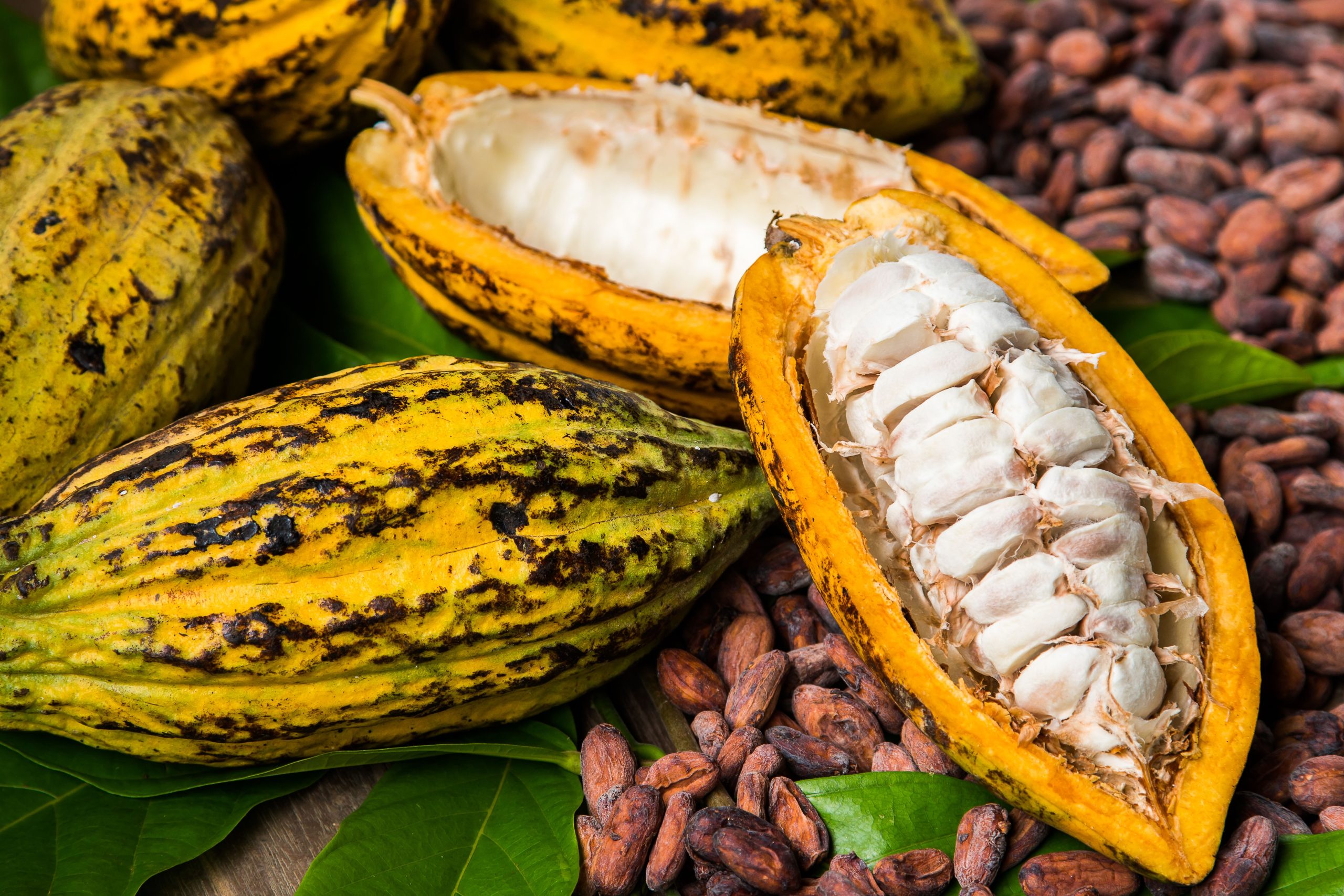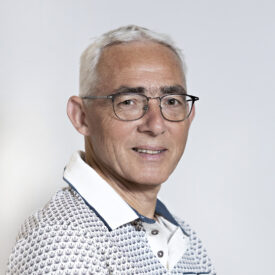Useful application of cocoa residues

Useful application of cocoa residues
More yield and better quality
Biogas from digested Cacoa Pod Husks can replace wood in wood-fueled drying ovens. Moreover, the digestate i.e.the residual flow from the biogas digester, is an excellent organic fertilizer for the land, according to a study that Partners for Innovation conducted for cocoa producer OLAM. This useful application of cocoa residues benefits both farmers in Cameroon and the environment.
Cameroon is the fifth largest cocoa producer in the world. The vast majority of cocoa production comes from small farmers. Due to the wet climate in the southwest, about 70% of cocoa beans are dried in wood-fired ovens, the rest in the sun. However, the smoke from the ovens reduces the quality of the beans and the logging leads to deforestation. Additionally, only 30% of the cocoa pod is useful to cocoa producers, thus creating a lot of residual flow such as cocoa pod husk. These cocoa pod husks remain on the land where they rot and cause odor nuisance, or they are burned uncontrollably.
Sustainability goals
Olam International supplies food ingredients, feed and fiber worldwide and is a leading producer of cocoa beans and processor of cocoa powders. The Olam Cocoa Compass progress report was published in 2019, detailing the progress of its sustainability goals. This report includes initiatives to reduce land use, water use, greenhouse gas emissions and fertilizer levels, such as programs to reduce deforestation and training cocoa farmers in Good Agricultural Practices.
Alternative to wood
To combat deforestation and improve the quality of the beans, Olam has investigated whether there is an alternative to drying with wood. OLAM works in Cameroon with 20-40,000 small farmers. A study by Partners for Innovation has shown that there may be potential for biogas drying cocoa beans, using the cocoa husks as a raw material for biogas production. This alternative drying method could solve the two main drawbacks of wood-fired cocoa bean oven drying.
Quality and the environment
The study shows that there appear to be enough c0cao pod husks to digest and use the generated biogas for drying. This ensur better quality of the beans and reduces the environmental impact of disregarded residual cocoa pod husks. In addition, the digestate is a good organic fertilizer for soil improvement. This may enable small farmers to achieve a higher yield of cocoa beans or to produce their own crops and thus generate more income. The digesters examined are already in use in neighboring countries.
The next step is to set up a number of pilot projects with several digesters to better map the technical, economic, quality and environmental aspects and practical implementation.
Want to know more?
We can support you in the beneficiation of organic residual flows and setting up sustainable bioenergy projects.
Want to
know more?
Contact us!



